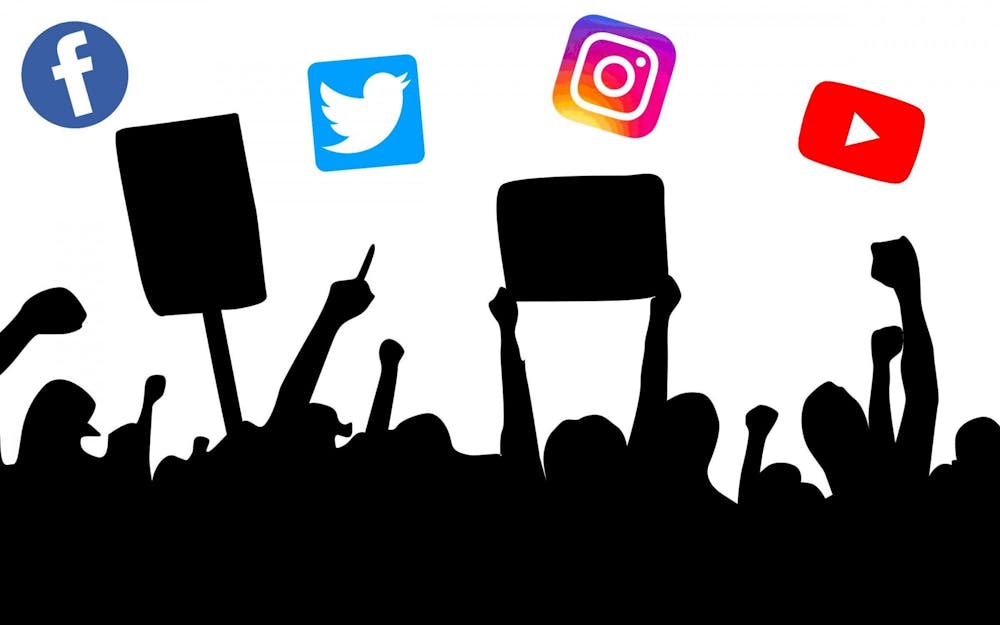On April 10, IU graduate students voted on whether to strike for better wages and benefits, among other grievances. An overwhelming majority voted to strike, with more than 1,008 people in its favor.
More than two years earlier, the @indianagrads Instagram account posted their first meme sharing IU graduate students’ disappointment with IU administration’s unfair compensation for their work as teaching assistants and instructors.
Now with almost 2,000 followers, this account serves as an effective way to deliver information to graduate students, undergraduate students and others who want to support. Their Twitter account of the same name with almost 3,000 followers is used to post and promote the cause.
These posts seem to function as a way to spread awareness, reveal concealed information and foster social connections.
Multiple informational graphics lay out important details about when votes and strikes will be, making it easy to keep track of when and where these things are happening. Many posts also have important statistics about IU salaries and rising rent prices.
Several graphics include specific quotes from real IU graduate students detailing why they are choosing to strike. Reasons range from not wanting to fall into more debt to wanting to have a voice in the decision-making process with administrators.
Now, it seems like everyone at IU is talking about the strike, but it is hard to gauge who is part of the cause and connect to strikers if you are not actively participating.
Graduate students’ vulnerability to speak up, show their faces and publicize quotes on Instagram is not only brave, but also valuable in adding a more human aspect to the cause, ultimately helping them gain more supporters.
One aspect that I was not expecting to see was the amount of posts attempting to foster stronger social connections between participants of the strike.
For example, one graphic reads “IGWC-UE Presents Another Strike Social,” with several other similar ones on the page, too.
This idea is strategic because it encourages the participants to meet each other and bond over a common goal.
Much like the IU graduate workers strike, participants in the 2015 hologram protests in Spain took advantage of technology to help spread awareness of the cause. Participants used holograms in these protests against the government’s complex protesting laws. This action was ironic and symbolic because they were able to draw attention while not actually physically present and violating the government’s protesting regulations.
The graduate workers’ Instagram account has not only garnered support from IU students and faculty, but also gained attention and offers of support from grad student unions at other universities, like the University of Chicago.
Protests across the country and around the world have been able to creatively take advantage of technology to further propel movements — and I continue to be impressed. The future will likely bring even more innovation in all different kinds of areas. It will be fascinating to see how more people will use technology to promote their causes and try to create change in the world.
Kara Acinapuro (she/her) is a junior studying media advertising. She is vice president of Women in Media and a member of Alpha Phi Omega.




